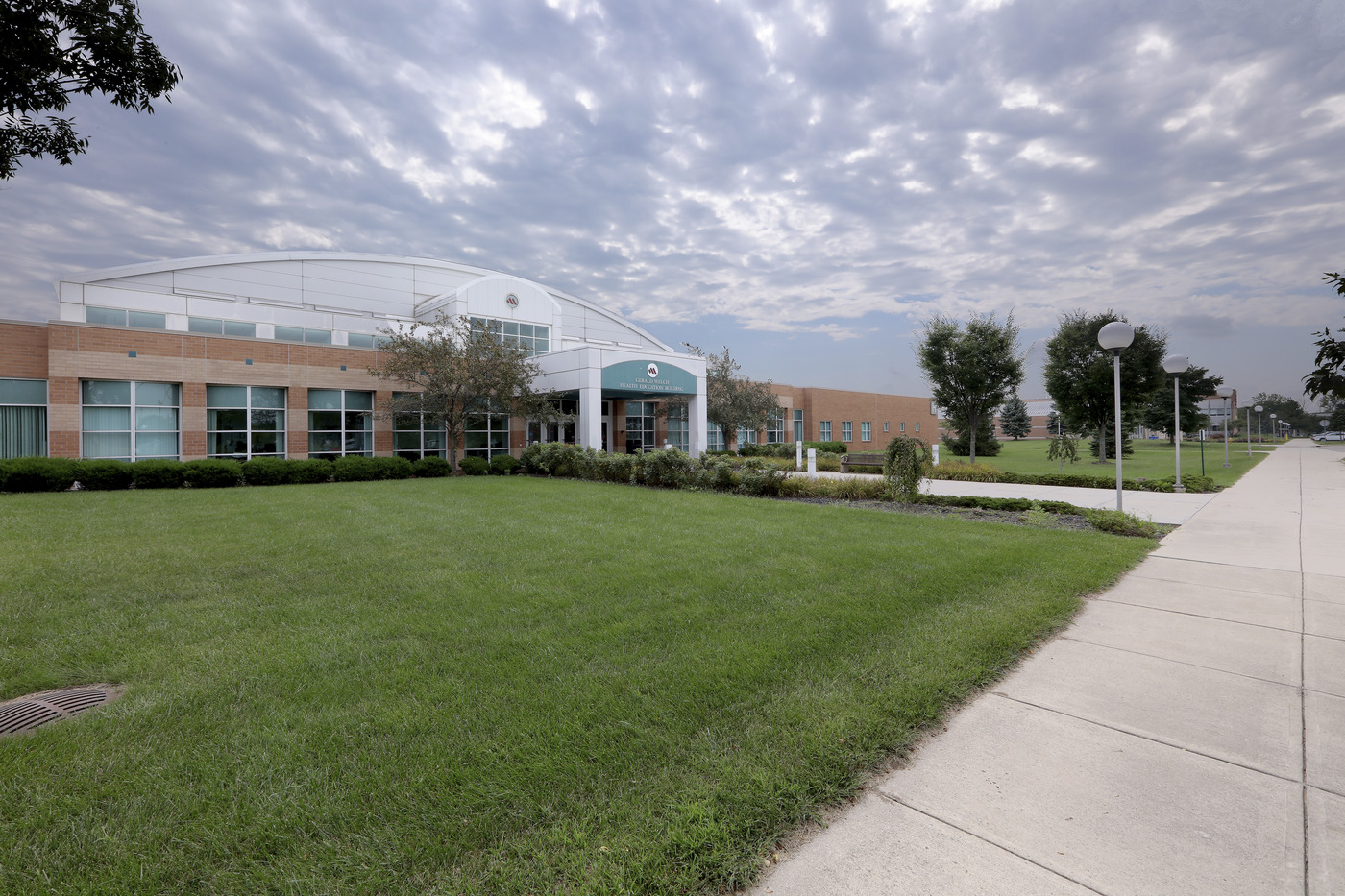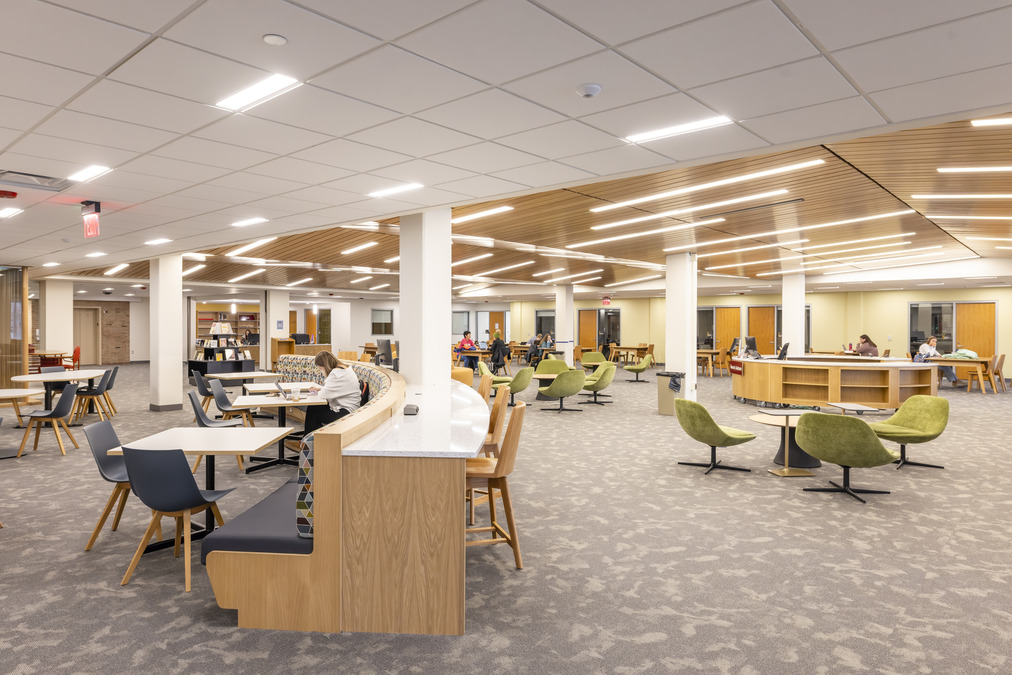Geothermal Campus Conversion
Monroe, MI | Completed 2017
Monroe County Community College (MCCC) is a public community college in Southeast Michigan. Built in 1967, the college serves over 3,000 students. Conventional HVAC systems heated and cooled five original campus buildings with steam and chilled water. In the late ’70s, central steam infrastructure began to break down, leading MCCC to convert to a distributed hot water boiler solution. Recently, the aging chilled water system also began to fail which required the college to utilize a temporary rental chiller to provide campus cooling. This led MCCC to pursue planning for a long-term solution for the original campus buildings.
MCCC began to evaluate what a new infrastructure system would look like. A newer campus building was running on geothermal heat pump energy, and MCCC felt that this could be a solution for the original campus buildings as well. They desire to be a community leader, setting an example in environmental stewardship. The timing of these improvements also coincided with a bond issue vote to seek funding for facilities and infrastructure upgrades. Looking at alternate energy solutions helped position MCCC as good stewards of resources.
Master Planning
A Vision to be An Energy Leader
GMB worked with MCCC and their ESCO partner, Ameresco, to develop geothermal heat pump design, plant design, and select air handling systems. The following served as guiding principles that provided the framework for the project:
- Improved system life cycle costs – increase life cycle cost savings and reduce operating and maintenance costs
- Energy efficiency and environmental impact of system – reduce annual energy consumption
- Community perception – reinforce MCCC’s position in environmental leadership and financial stewardship
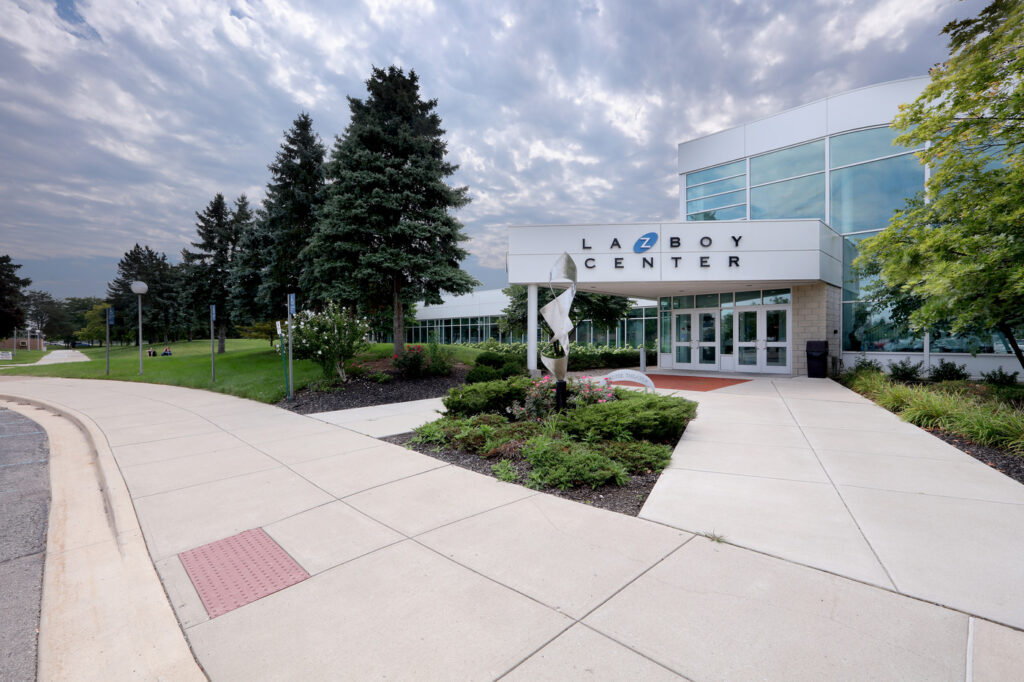
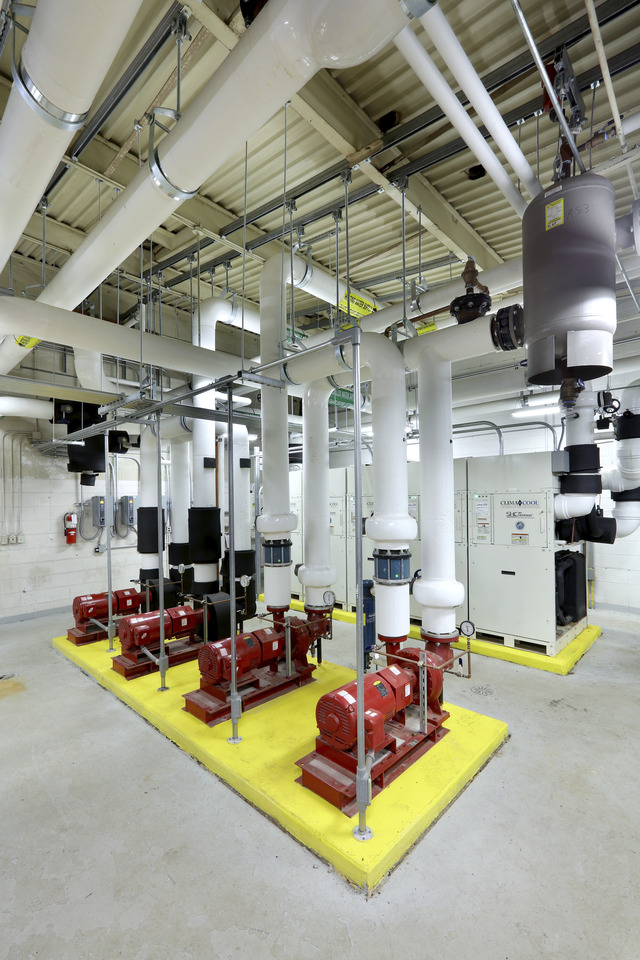
The Design & The Details
The existing building mechanical systems were showing their age and replacement equipment and infrastructure presented several challenges within the budget and existing space constraints. The existing equipment rooms were tight and the constant volume reheat system which would no longer meet the energy code utilized a leaky supply air plenum rather than ductwork to distribute the air.
Based on GMB’s analysis of the existing systems and facility constraints, we initially proposed replacing the equipment with roof-mounted, heat pump-based air handling units. We also recommended upgrading the constant volume reheat systems to a low pressure variable volume system with an actual ducted supply.
The large rooftop air handling equipment posed an aesthetic challenge. So MCCC instead chose to replace the original equipment with new traditional air handling equipment. This still utilized the low pressure variable air volume solution as originally proposed. In order to incorporate geothermal heat pump technology into this new concept, GMB proposed replacing the existing three distributed boiler plants with new geothermal heat pump-based plants. These plants utilize modular heat recovery chillers connected to the geothermal borefield to supply heating and cooling water to the new traditional air handling equipment.
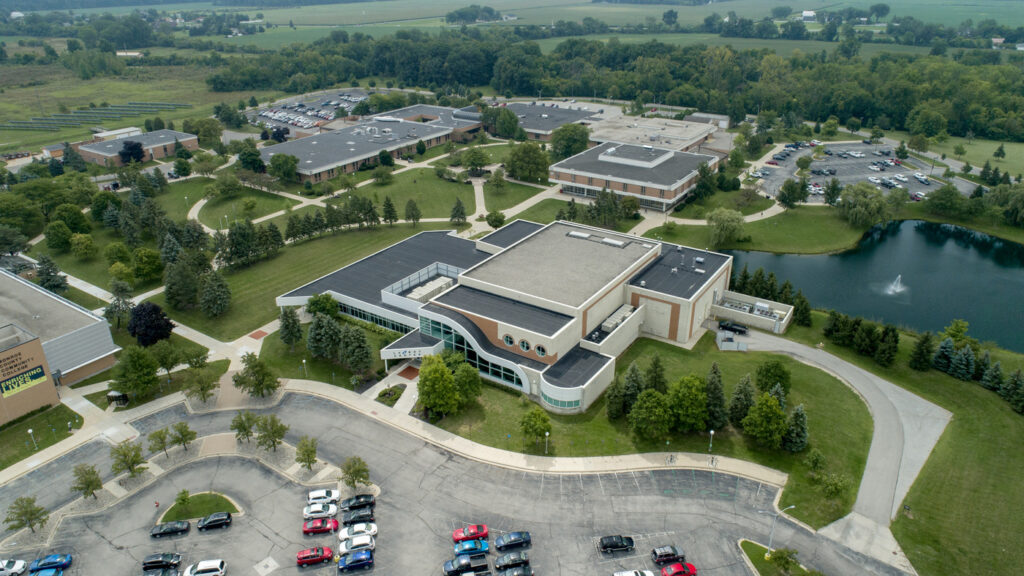

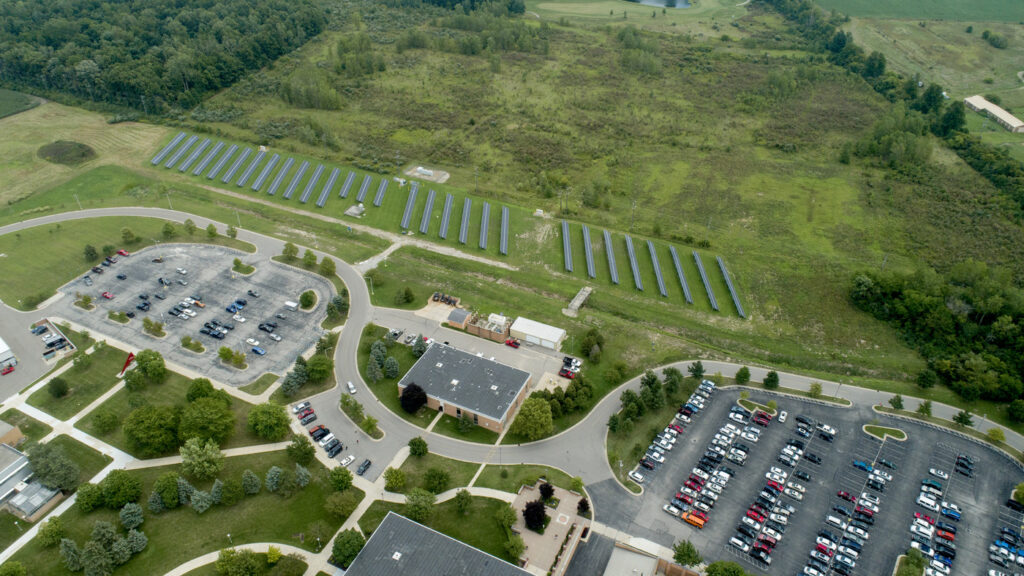
Since a complete infrastructure replacement was cost prohibitive, the replacement of equipment with new in existing locations allowed the team to utilize much of the existing piping and distribution ductwork, while still supplementing the existing infrastructure where needed. This raised an additional challenge of satisfying the new capacity requirements as related to code ventilation requirements. GMB proposed utilizing a specialized air purification system that allowed the team to reduce the requirements for the amount of outdoor air being brought into the building. This enabled us to keep much of the existing infrastructure and yield significant cost savings to the client.
GMB’s design involved the use of traditional air handling systems that were connected to three central geothermal plants. These plants were connected to the earth via 288 bores ranging between 350-400 feet deep. Our design also includes space for additional bores and capacity in the underground distribution piping to handle two additional campus buildings that are planned to be added to the campus geothermal heat pump system after the useful life of their current infrastructure ends. This complete design allowed for the utilization of significant portions of the existing infrastructure while still meeting the energy efficiency and environmental goals of the project.
MCCC anticipates that the new geothermal system will yield an annual energy consumption reduction of around 160,000 kWh. This translates to annual energy savings of $275,000, or $5.5 million over 20 years. The ground source heat exchanger has a life expectancy of 50 plus years compared to a 20-25 year life expectancy of conventional equipment. MCCC also expects a reduction in carbon emissions of over 1,000 metric tons per year.
Related work
Explore our insights on branding, marketing, engineering, and architecture, tailored specifically to the higher education sector.

